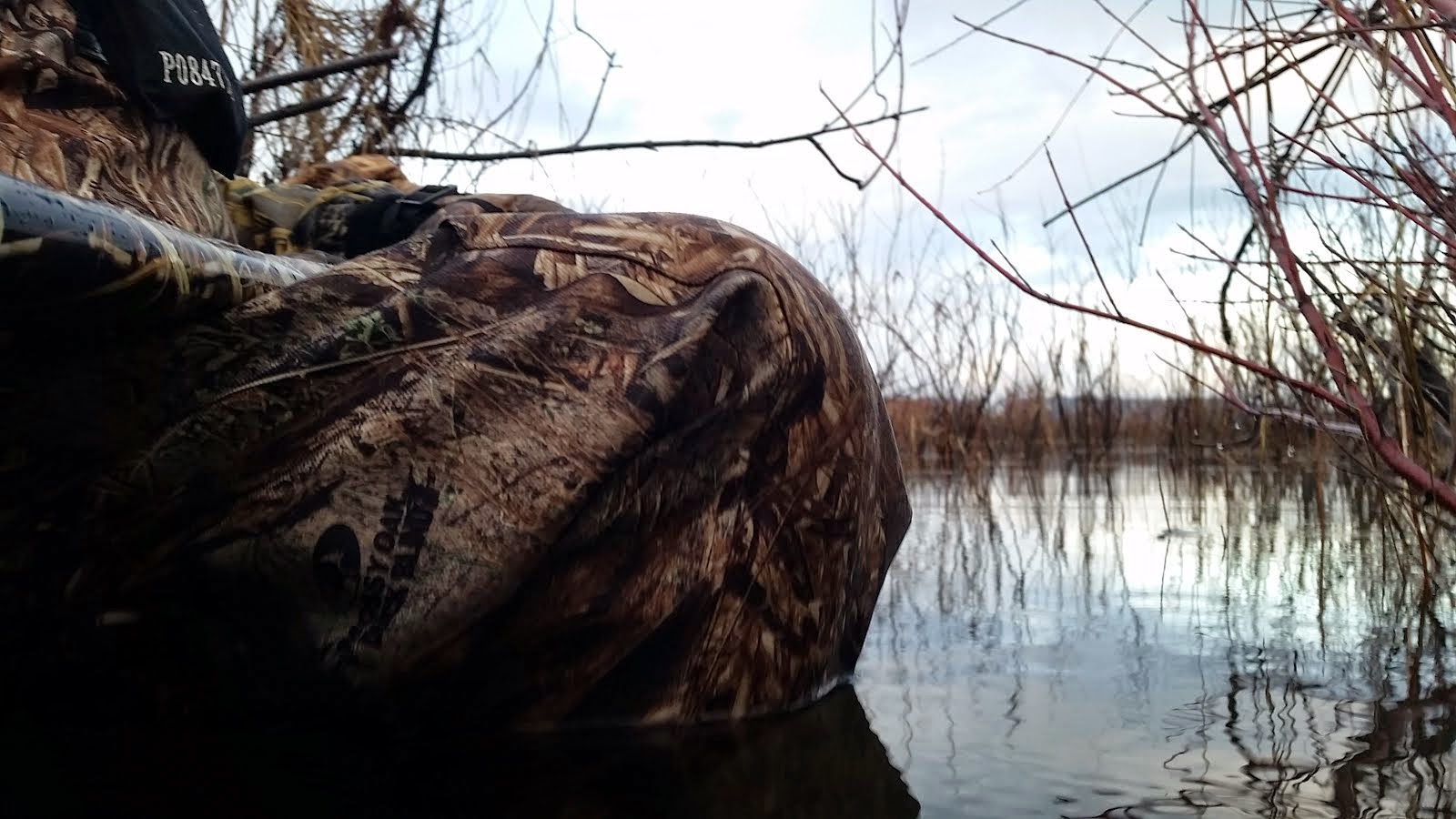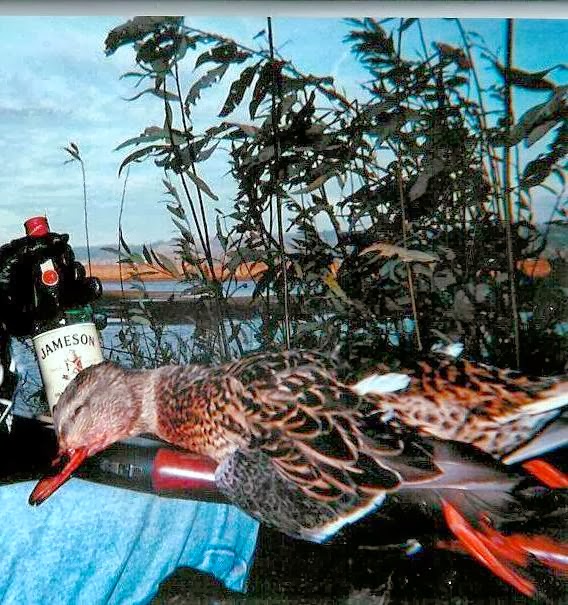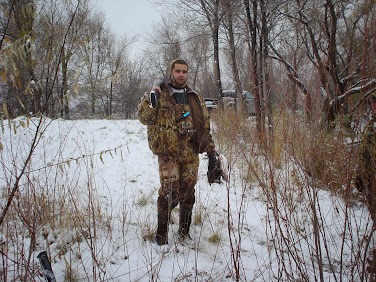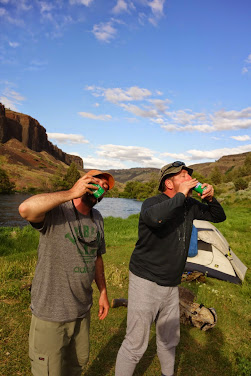A temperature inversion is a thin layer of the atmosphere where the normal decrease
in temperature with height switches to the temperature increasing with height. An inversion acts like a lid,
keeping normal convective overturning of the atmosphere
from penetrating through the inversion. The temperature at any given location is determined by a number of
factors. However, with all things being equal the temperature goes down
about 3.5 degrees per thousand feet of elevation gain. So here at Silver Mountain Resort the temperature at the top should be about 9.5
degrees colder than at the base. In addition, our base area is higher
than most of the surrounding land so we are often up to 10 degrees colder
than Kellogg.
An inversion is when the air at lower
elevations is colder than higher up. Inversions are most likely to
occur on calm nights following days with moderate temperatures. Cold
air is denser than warm air so it flows downhill and pools in the
valleys. This is over simplified, but you get the idea.
So why don't we have inversions all the time? Three reasons:
A.
When the air is consistently cold without dramatic daytime warming,
there isn't enough difference in density to cause the air to move
downhill.
2. When it is windy, the air is sufficiently mixed to even out the density.
D. It's been butt ass cold, so this inversion is from 2 weeks ago. Enjoy the picture.
Saturday, February 08, 2014
Subscribe to:
Posts (Atom)







